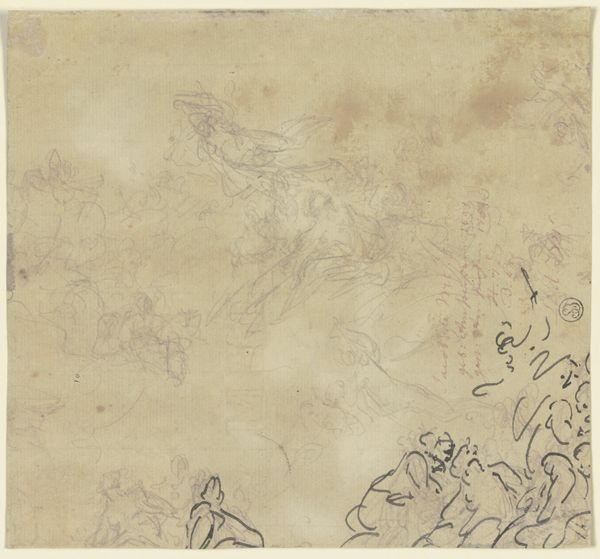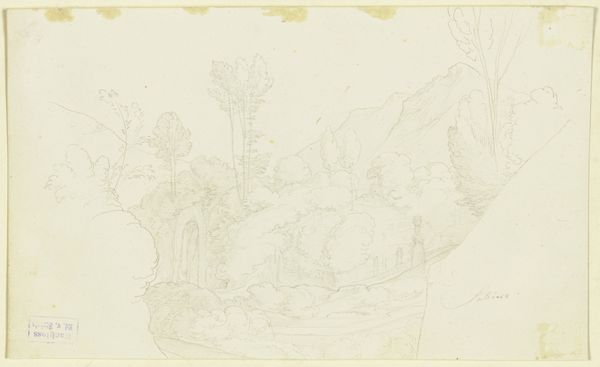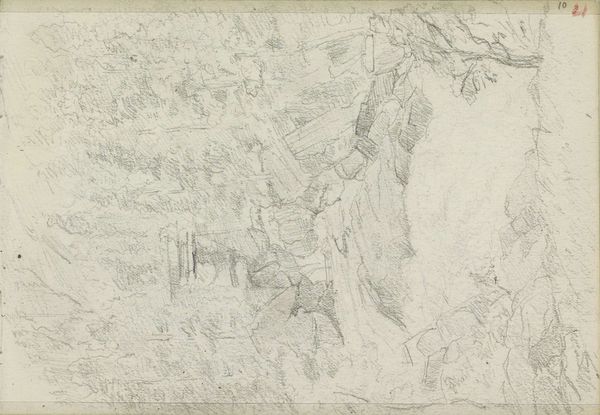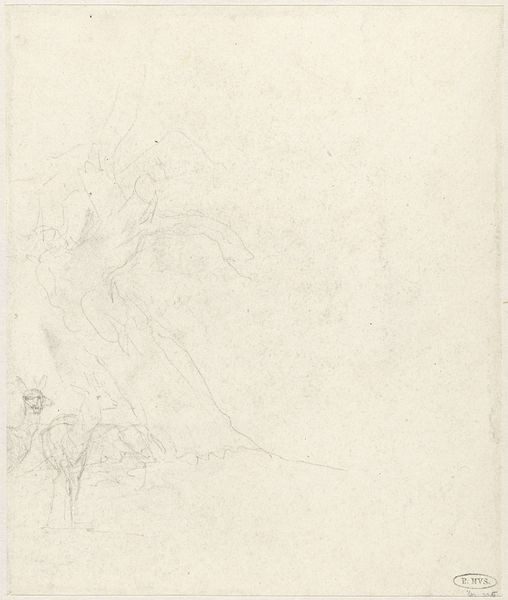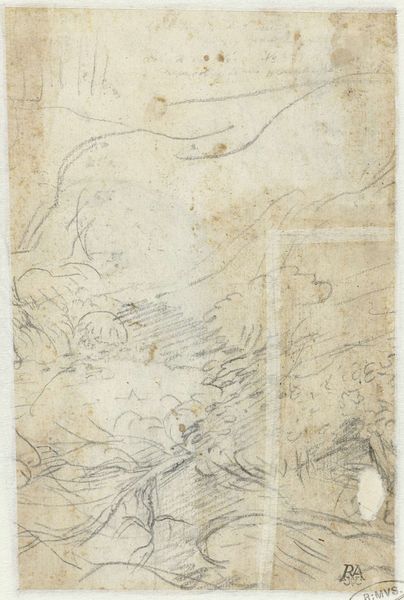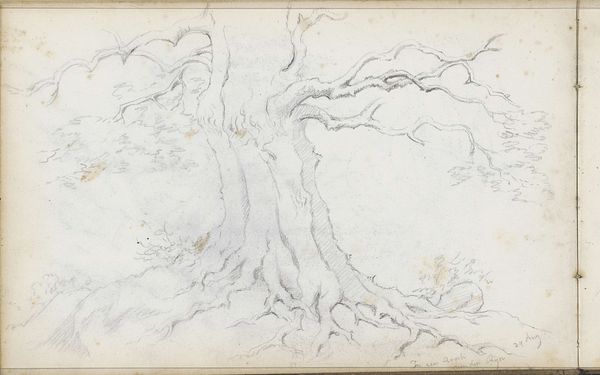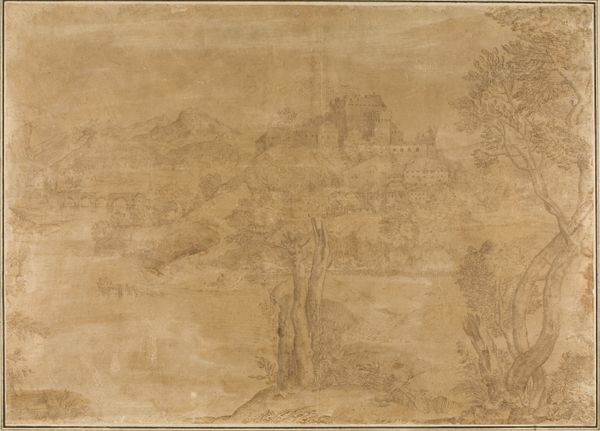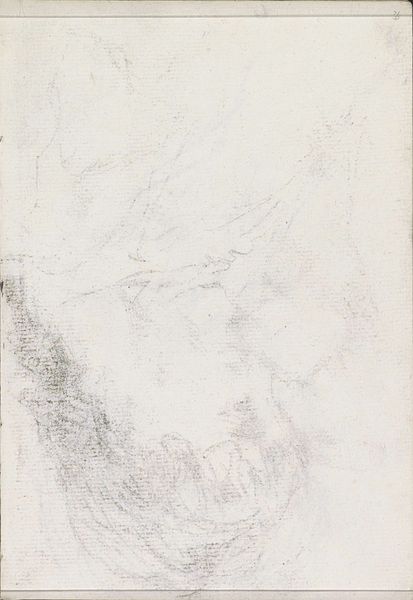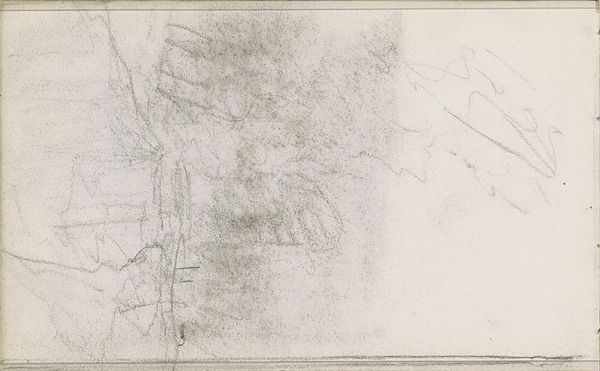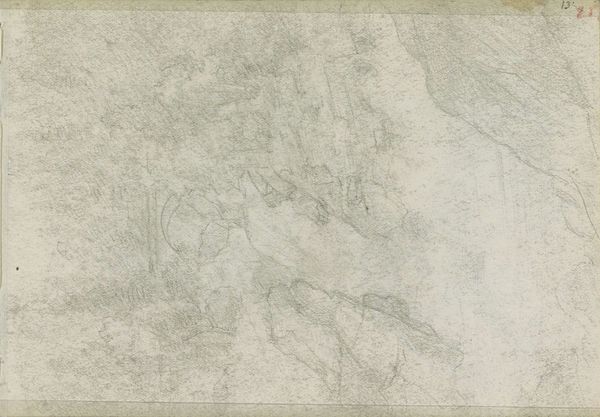
Studies of a castle and a town with church, surrounded by forest 1514 - 1515
0:00
0:00
drawing
#
drawing
#
medieval
#
water colours
#
landscape
#
form
#
line
#
cityscape
Dimensions: 136 mm (height) x 104 mm (width) (bladmaal)
Editor: Here we have "Studies of a castle and a town with church, surrounded by forest," a drawing from around 1514-1515 by an unknown artist. It is intricate. The scale makes the whole composition feel a little dreamlike, distant almost. What formal qualities strike you most? Curator: The emphasis on line is undeniable. Look at the varying weights of the lines, especially outlining the architecture. The artist creates depth through layering, yet the flatness of the paper is always acknowledged. Notice the interplay of geometric shapes found in the castle and organic forms defining the surrounding landscape. Does that structural contrast strike you? Editor: It does, and how the composition almost seems split, castle on top, village below. It feels less like a unified landscape and more like juxtaposed ideas. Does the use of line over shade suggest a planned structure over something more wild? Curator: Precisely. One might consider how this intentional fracturing allows us to consider each element—the imposing castle and the humble village—in isolation, inviting comparisons, not just integrated visual harmony. Note also, how the architecture almost blends with the lines depicting the rock beneath the castle, what impact do you think the material has on the structure itself? Editor: I think, that brings a real feeling of being grounded to the architectural feat that is a hilltop fortress. Also I just realized this pre-dates modern urban planning! It's intriguing to consider that they were building places like that from visual sense, versus modern technical sense. Curator: Indeed, observing line and form provides a portal for new inquiries. Editor: It certainly does. This has given me new ways to interpret pre-modern landscapes, going beyond just the subject matter.
Comments
No comments
Be the first to comment and join the conversation on the ultimate creative platform.
